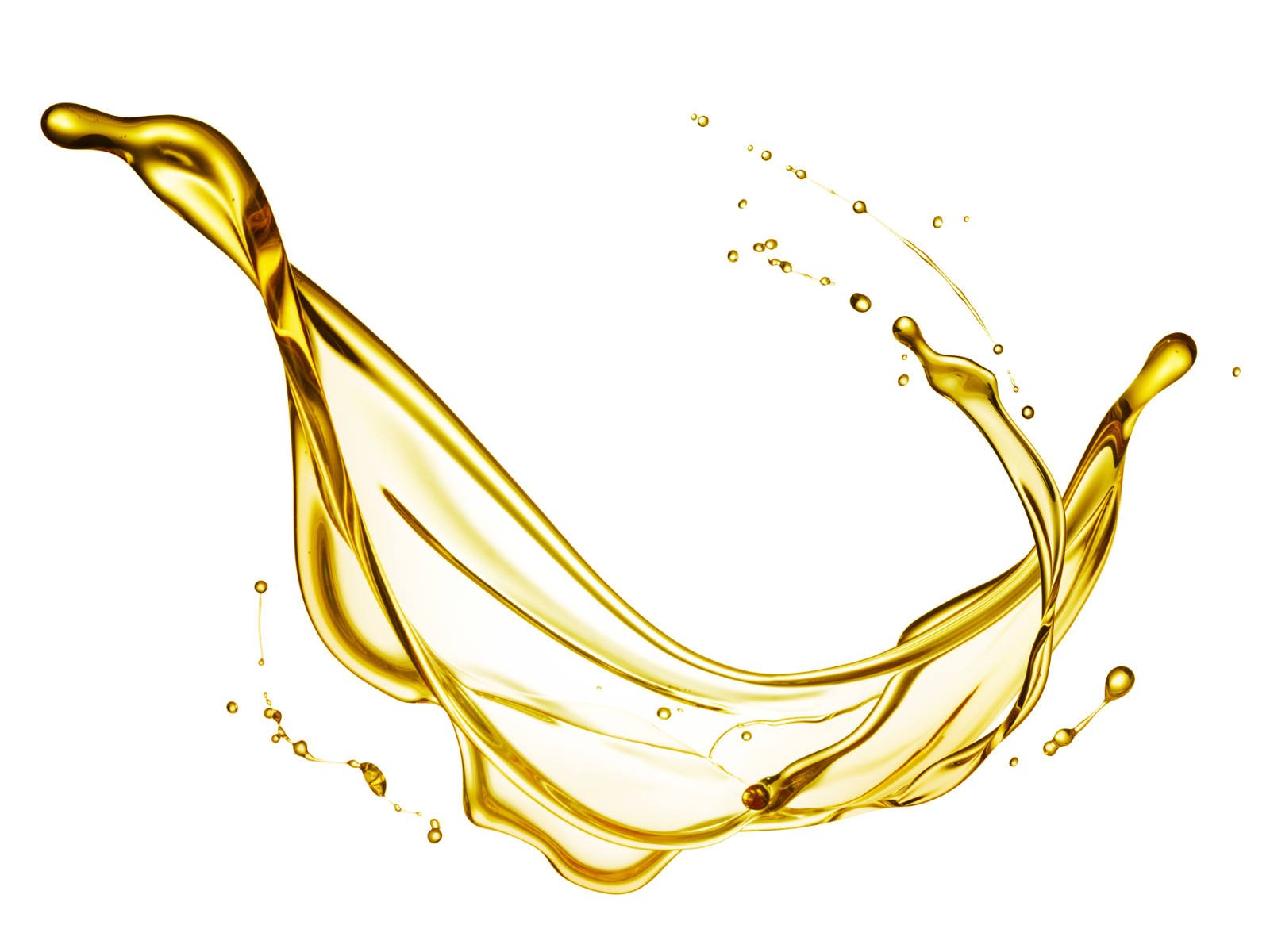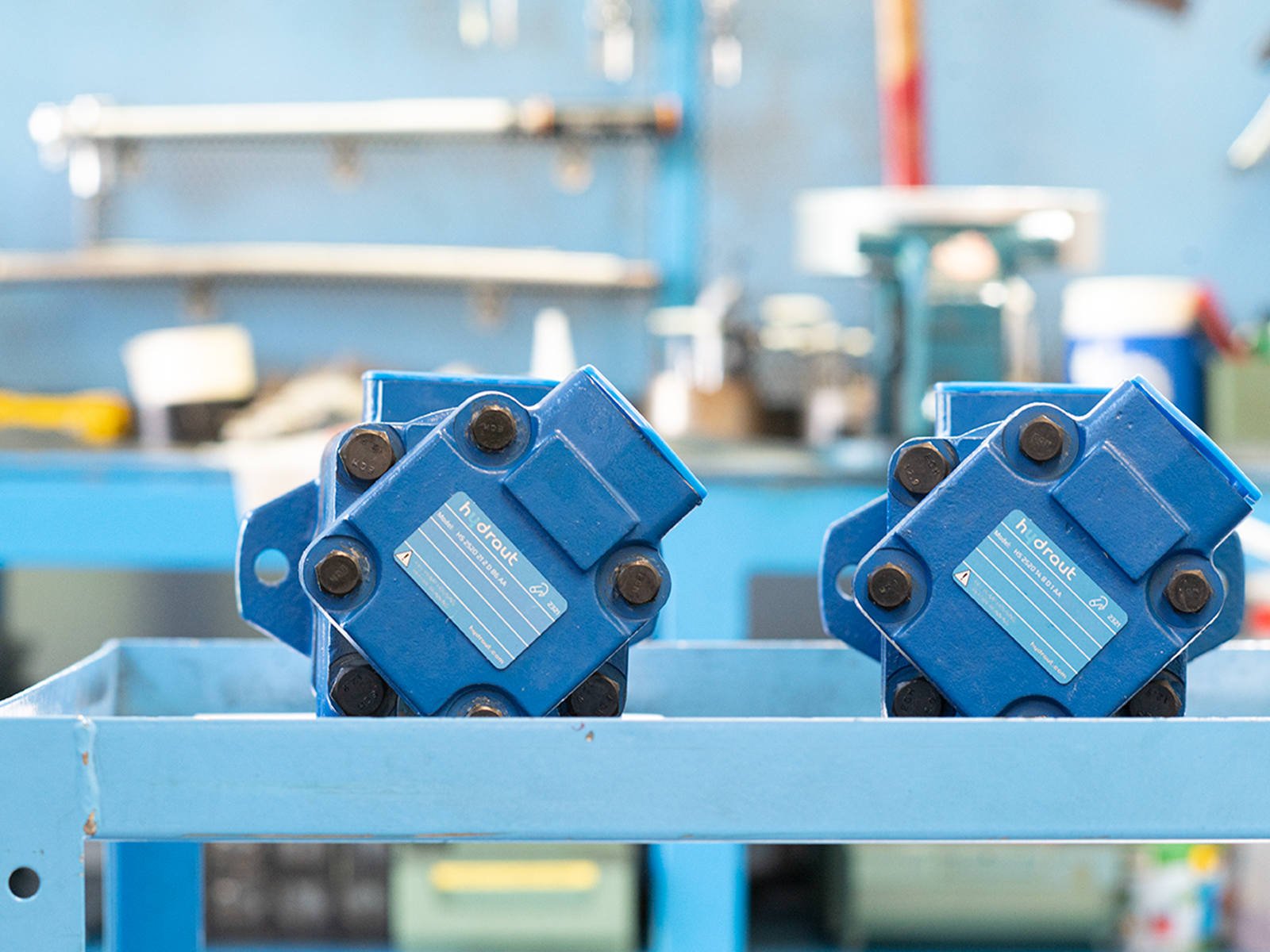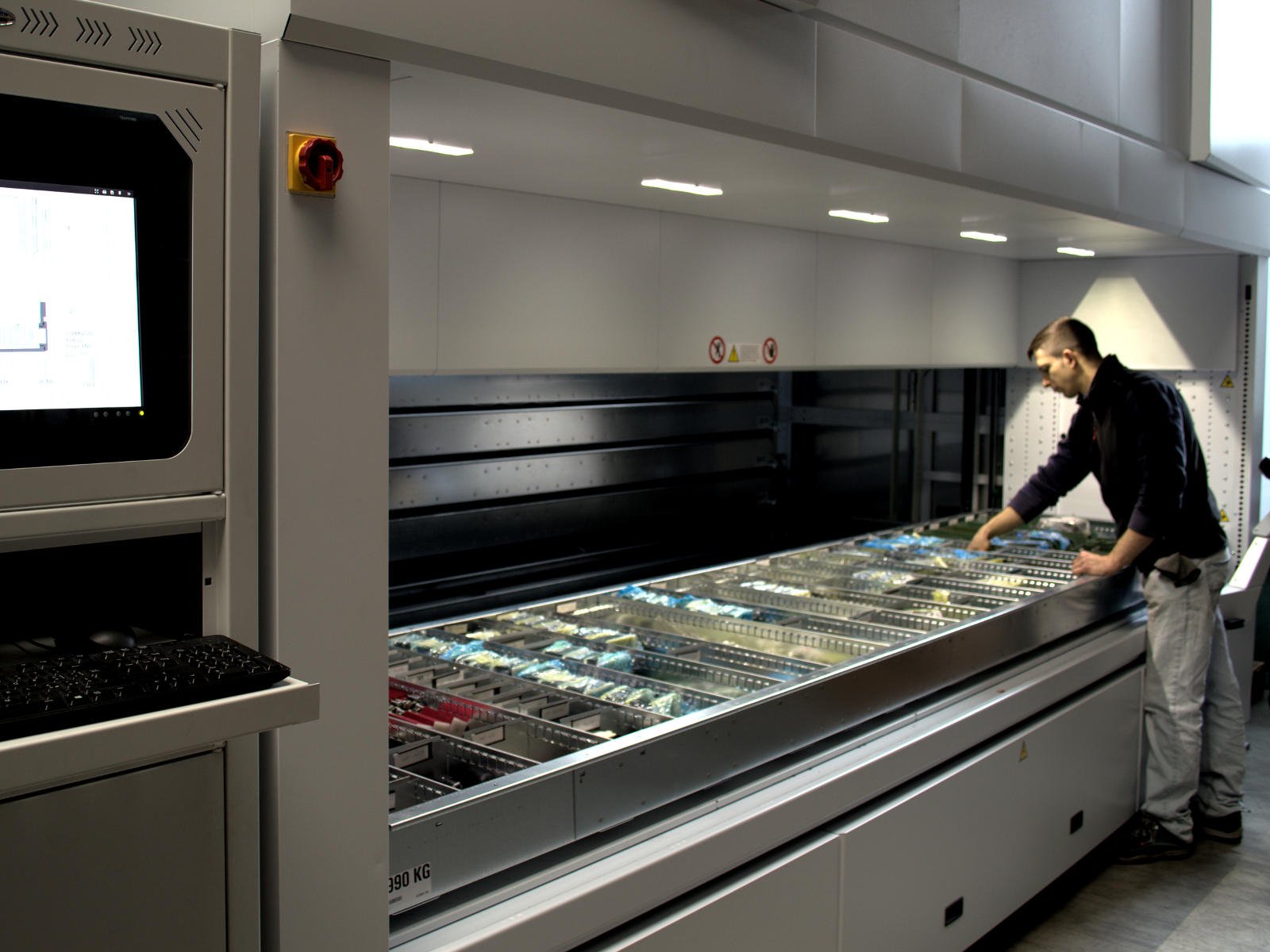
Improving industrial machinery efficiency through hydraulic oil contamination monitoring
According to studies effected by MP Filtri, about 75% of hydraulic circuit breakdowns are caused by fluid contamination. Their number may be considerably reduced by using quality filters and constantly monitoring the conditions of the oil in circulation.
The method used to codify contamination levels of solid particles in hydraulic systems is defined by the ISO 4406 standard of 2019, which enables the identification of parameters affecting the preservation of optimal oil conditions.
Why is it so important to operate with clean oil?
Ensuring optimum levels of fluid quality therefore implies a series of benefits for the system whose impact is evident in the long-term period, since it enables:
- A longer lifecycle for industrial components and machinery.
- Fewer downtimes and maintenance operations;
- A reduced environmental impact of production.
Oil quality and types of contaminating particles
In a hydraulic circuit, oil performs a twofold function. On one hand, it enables power transmission, which takes place by means of a high-pressure liquid/fluid, and on the other hand, it has an intrinsic lubricating function, as well as a cooling effect. All the afore-mentioned functions have a direct impact on production efficiency.
The use of filters and quality filtering elements is aimed at reducing the presence of contaminants in the fluid which, on entering the circuit, could cause blockages or breakdowns.
Particles can derive from 3 types of contamination:
- Built-in: left in the system following the original assembly or a maintenance operation. In this case, they may consist of dust, paint residue and other abrasive particles.
- Generated by system operations and caused, for instance, by wear and tear, corrosion, oxidation, or fluid deterioration.
- Incorporated, in other words, particles that have found their way into the system from the external environment through apertures such as vents or incorrectly sealed caps.
Hydraulic oil contamination monitoring and sustainability
Improving fluid quality also has significant effects on the environmental impact of production.
If oil lasts longer, we change it less frequently and therefore have less material to dispose of. Apart from which, there is also a positive impact on the transportation of materials: on one hand, there is a reduction in the quantity of new oil being transported and, on the other, a cleaner oil generates less wear and tear on the components it comes into contact with, such as hydraulic pumps. This, in its turn, leads to fewer maintenance operations or replacements requiring the transportation of new components.
The high contaminant retention capacity of the filters produced by MP Filtri is due to the expertise of the company’s Research & Development department, which can count on synergies with the CMP (Contamination Monitoring Product) division engaged in the design and production of contaminant monitoring devices. The sharing of experience between the various divisions enables MP Filtri to develop products that are increasingly efficacious and responsive to the requirements of client companies. By way of an example, the filtering elements have been specifically designed with a series of layers, starting from the external casing in PET, to protect the microfibre filtering layer and enable an optimal fine particle filtering function.
Besides, the Elixir series enables the rapid replacement of a single extractable filtering cartridge, which may easily be disposed of and replaced without having to change the entire filter.
Interfluid has chosen to include products by MP Filtri in their range, with the intent to provide yet another tool for improving the performance of the hydraulic components supplied and, consequently, to extend the lifecycle of the industrial machines on which they are assembled, in particular:
- Suction filters which, when positioned on the pump, prevent contaminants from entering the system.
- Low, medium and high-pressure filters positioned downstream on the line after the pump, in the single, plate assembly and duplex variants.
- Filters on the return line to prevent solid particles from entering the tank.



